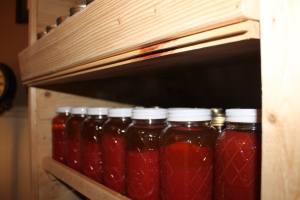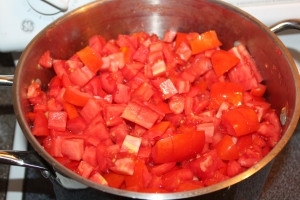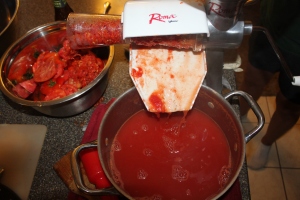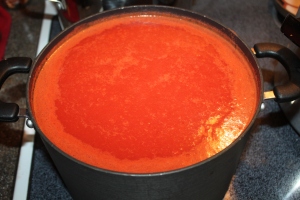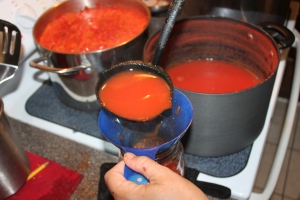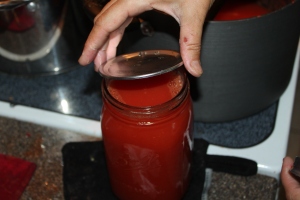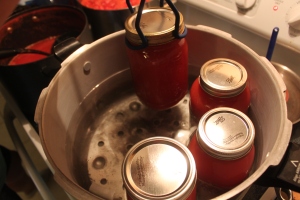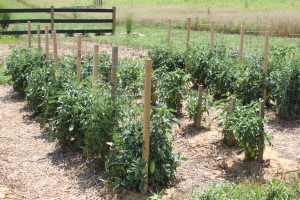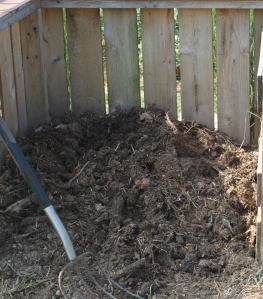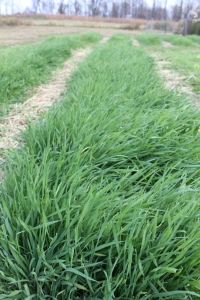Why am I losing liquid while canning?
1 Reply
 Losing liquid while canning is something that happens with both metal and tattler lids. It is more common with pressure canning.
Losing liquid while canning is something that happens with both metal and tattler lids. It is more common with pressure canning.
Tomatoes and green beans are the worst in my experience.
There can be a variety of reasons for losing liquid in your jars.
- Incorrect headspace can cause your food to boil over during processing.
- Trying to cool the canner quickly will cause problems. Do NOT pour water over your pressure canner to cool it down and reduce pressure.
- Irregular heat during processing can cause issues as well. Be sure and maintain a steady pressure or steady boil in the waterbath.
The most common reason for losing liquid while canning is taking the jars out of the canner too quickly after processing. I suggest that you let the jars rest in the canner after the canner has come to zero pressure.
When the canner pressure has reduced to zero, wait about 5 minutes. Then open the lid to release steam. Be sure to open the canner carefully, it will be very hot! Tilt the lid so the steam does not hit you in the face.
Set the lid back on the canner (not latched) then wait 5 more minutes.
This allows the pressure in the jars to reduce. Sometimes the jars are still pressurized. If the jar still has pressure it will naturally boil over, this causes liquid to be pushed out.

Pint jars of turkey soup resting in the pressure canner.
After 5 minutes take a look and visually check the lids. Make sure they are not domed up. If they are domed up set the lid back down and wait another 3-5 minutes and check again. If all looks well then remove the jars to the counter and tighten the bands down.
They will still be very hot! Some bubbling inside the jar is normal. But if it is bubbling out of the jar it needs to rest some more.
Using this resting process has helped me to have better luck avoiding losing liquid while canning. Especially with pressure canning!
I should add, as long as you have processed the food correctly, if they have some liquid loss the food is still safe. Depending on the food type, some foods that are above the liquid may discolor. I always put any jars that have excessive liquid loss to the front of the cupboard to be used up first.











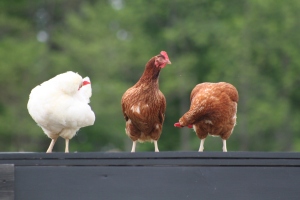
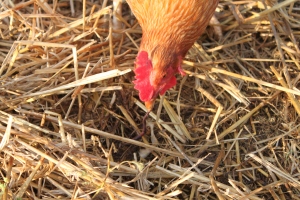
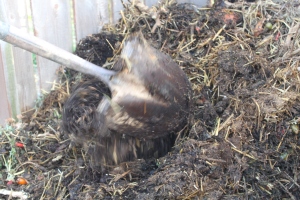
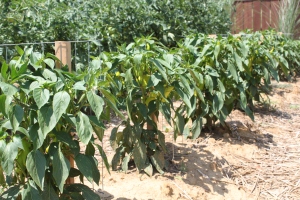
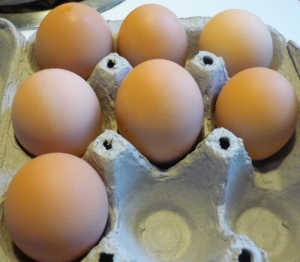
 For my grilled kale salad I used vegetables that I had previously grilled, eggplant, zucchini, yellow squash, corn, yellow and red peppers. In addition to that I added fresh cherry tomatoes and goat cheese to the salad with an extra drizzle of my vinaigrette over the top. Summertime freshness that is so good for you!
For my grilled kale salad I used vegetables that I had previously grilled, eggplant, zucchini, yellow squash, corn, yellow and red peppers. In addition to that I added fresh cherry tomatoes and goat cheese to the salad with an extra drizzle of my vinaigrette over the top. Summertime freshness that is so good for you!